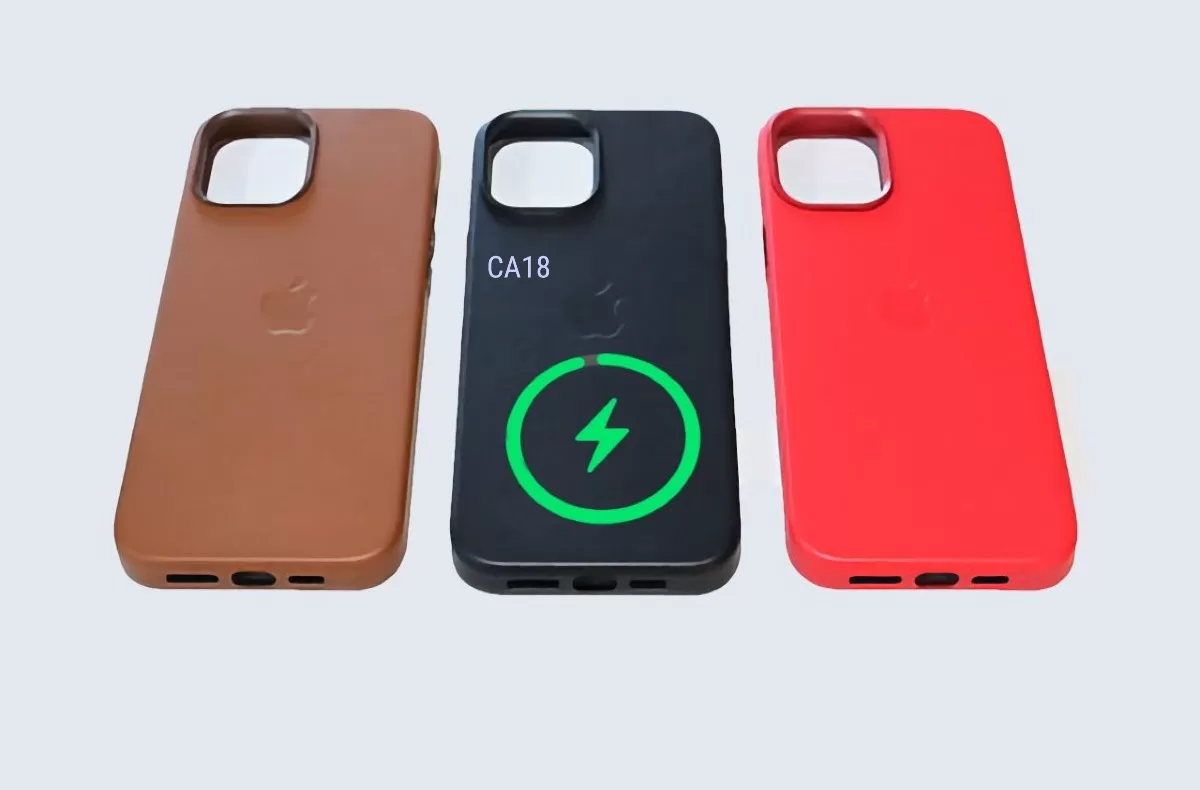Comet C/2023 P1 (Nishimura) was discovered on August 11, 2023 by amateur astronomer Hideo Nishimura. The comet is named after its discoverer. It is a long-period comet that will pass by Earth once every 435 years.
The comet is green in color with a long, white tail. It will make its closest pass by Earth on September 12, 2023. It will pass at 27 million miles (43 million km) from the sun.
The comet is currently in the constellation of Leo. Its current Right Ascension is 09h 53m 51s and its Declination is +23° 57′ 17”.
The universe is delivering a cosmic gift this week—a newly discovered comet will zip by earth to say hey before leaving our planetary neighborhood for more than 400 years.
The green comet C/2023 P1, or “Nishimura,” is already visible in the predawn sky, but over the weekend it will grow brighter and should be visible without a telescope or even binoculars.
If you are in the Northern Hemisphere, you’ll have to get up early or stay up late to see the comet. On Sept. 10, it will rise at 5 a.m. It will appear closer to sunrise each subsequent morning, until Sept. 17, when it will be invisible because of the glare of the sun. Tuesday, Sept. 12 is the sweet spot: That’s the night Nishimura will be closet to the earth—only 78 million miles from your house.
To find the comet, look for the sickle of the Leo the Lion constellation, above the east-northeastern horizon, in the hour or so before sunrise. Nishimura will appear near the planet Venus. As the days pass, the viewing window will get shorter and shorter and the comet will appear lower on the horizon until it finally becomes impossible to see because of the sun.
Seeing this comet is literally a once-in-lifetime event: If you miss it, you’ll have to wait 2435 for Nishimura’s return trip—assuming it isn’t captured by the sun’s gravitational pull and destroyed in the interim (not likely, but possible).
Nishimura should be big and bright enough to see with the naked eye if you’re somewhere with a clear sky and little light pollution. But even under those perfect conditions, it will be just barely visible. You’d have better results scoping it out with some binoculars, a telescope, or a camera designed for astronomy.
With the right equipment, you should be able to see the comet’s green aura, or snap a long exposure to make its long tail more visible. (Check out Lifehacker’s guide to astronomy equipment for beginners if you want to get into star-peeping.)
The comet’s namesake, Hideo Nishimura, discovered the celestial object on Aug. 11, 2023. Nishimura is an amateur astronomer, and he captured the first image of the comet using the 30-second exposure setting on a consumer digital camera.
Astronomers aren’t sure yet, but Earth’s passing through the trail of the comet Nishimura could be the cause of the Sigma-Hydrid meteor shower visible every year in December.


